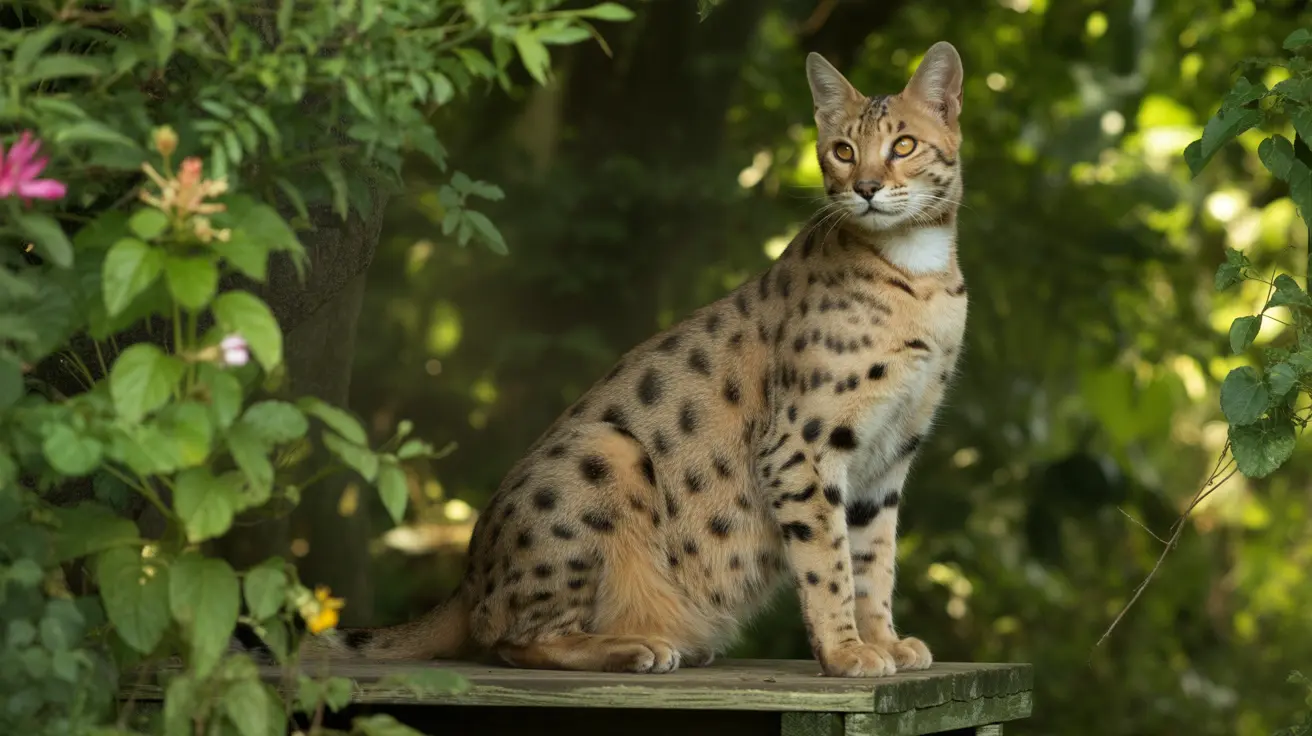Understanding Savannah Cats and Their Wild Heritage
Savannah cats are distinguished by their wild ancestry, with classifications ranging from F1 (first-generation, 50% serval) to later generations that exhibit more domestic traits. Their impressive size, exotic appearance, and dynamic personalities make them highly sought after, but these same characteristics often contribute to their restricted legal status.
Early-generation Savannahs can weigh up to 25 pounds and stand over 19 inches tall, significantly larger than typical domestic cats. This substantial size, combined with their wild instincts, raises legitimate concerns about public safety and animal welfare.
State-by-State Legal Status
The legal framework for Savannah cat ownership varies dramatically across the United States. Several states have implemented complete bans, including:
- Georgia
- Hawaii
- Nebraska
- Rhode Island
Other states maintain specific generation restrictions:
- Alaska, Colorado, Iowa, Massachusetts, New Hampshire, and Vermont only permit F4 and later generations
- New York allows F5 and later generations, except in New York City
- Pennsylvania stands out by allowing all generations without restrictions
Safety and Environmental Concerns
The primary reasons behind Savannah cat restrictions include:
Public Safety
Early-generation Savannahs retain strong wild instincts that can manifest in unpredictable behavior. Their size and strength make them potentially dangerous, especially in households with small children or other pets.
Environmental Impact
Conservation experts worry about the ecological consequences if these hybrid cats escape or are released into the wild. Their superior hunting abilities and size advantage over native wildlife make them a potential threat to local ecosystems.
Animal Welfare
Savannah cats require specialized care, including:
- Large living spaces
- Extensive environmental enrichment
- Specific dietary requirements
- Professional veterinary care familiar with hybrid breeds
Legal Compliance and Ownership Considerations
Before acquiring a Savannah cat, potential owners must:
- Research current state and local regulations thoroughly
- Verify requirements for permits or licenses
- Consider potential future law changes
- Understand the risks of non-compliance, including possible confiscation
Frequently Asked Questions
Why are Savannah cats illegal or restricted in certain U.S. states?
Savannah cats face restrictions due to their wild heritage, potential safety risks, and environmental concerns. Their size, strength, and retained wild instincts make them potentially dangerous, while their hunting abilities could threaten local wildlife if they escape.
Which generations of Savannah cats are typically allowed or banned by state laws?
Most restrictions focus on early generations (F1-F3), with many states only allowing F4 or F5 and later generations. Some states ban all generations, while others have no restrictions at all.
What are the main safety and ecological concerns behind Savannah cat legal restrictions?
Primary concerns include their potential for aggressive behavior, risk to native wildlife, specialized care requirements, and the possibility of establishing feral populations that could damage local ecosystems.
How can I find out if owning a Savannah cat is legal in my state or city?
Contact your local animal control office, state wildlife department, or municipal government for current regulations. Always verify at both state and local levels, as restrictions can vary by city or county.
What are the risks of owning early-generation Savannah cats compared to later generations?
Early-generation Savannahs typically display more wild behaviors, require more specialized care, and face stricter legal restrictions. They're generally larger, more challenging to manage, and may be more prone to territorial marking and aggressive behaviors than later generations.






